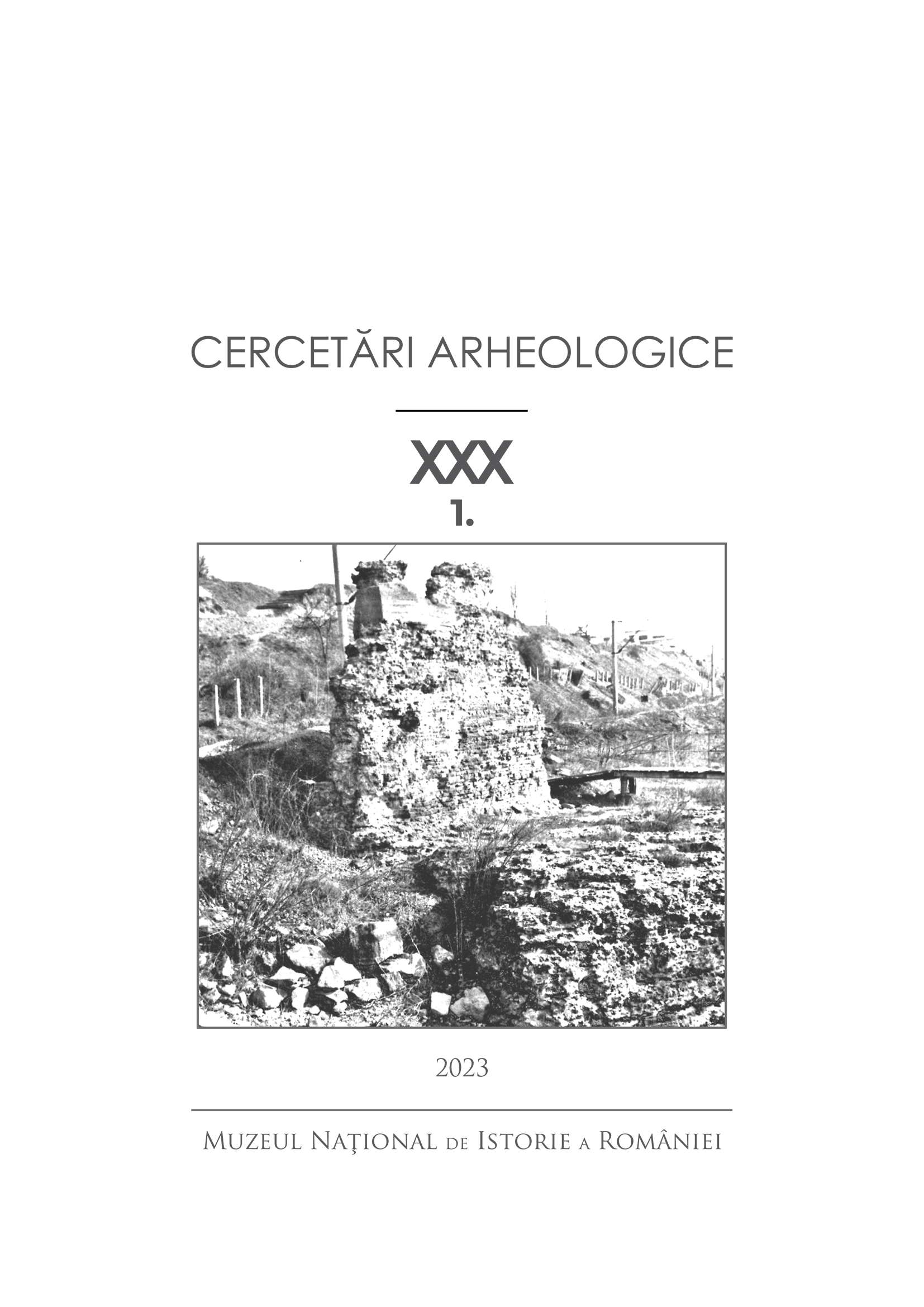Cercetări inedite în castrul legionar din Potaissa (1987-1992, 2011)
Archaeological research in the legionary fortress at Potaissa (1987-1992, 2011)
Author(s): Mihai BărbulescuSubject(s): History, Archaeology, Ancient World
Published by: MUZEUL NAȚIONAL DE ISTORIE A ROMÂNIEI
Keywords: Potaissa; legio 5th Macedonica; legionary fortress;
Summary/Abstract: The fortress of Legio V Macedonica from Potaissa started functioning around the year 170 A.D., and continued its existence until the Roman withdrawal from Dacia under Emperor Gallienus or Aurelian. Starting with the year 1971, the archaeological investigations continued without interruption until 2016. The headquarters (principia) and the roman baths (thermae) have been fully researched and published. The main defensive elements were investigated, the western gate (porta decumana), the corner bastions and the main roads of the fortress; some of the cohortes quingenariae situated in the praetentura sinistra, praetentura dextra and latus praetorii sinistrum, as well as the horrea complex and palaestra have been partially investigated. All of this research has been published. This paper presents unpublished research from 1987-1992 and 2011. Research West of principia did not detect any constructions (figures 1 and 2). In the retentura sinistra (figures 3 and 4, a-e) and retentura dextra (figures 5 and 6) the barracks of some cohortes quingenariae were partially investigated. The garrisons of cohors miliaria situated in latus praetorii dextrum have been partially researched. According to the space it occupies (132 x 107 m), the cohors miliaria seems to have had eight contubernia arranged in four groups of two (C 1 – C 8, figures 1 and 7-9). Contubernia 4 (figure 8), better researched, have 12 rooms. At the eastern end of contubernia, towards the via principalis, there are eight spaces (Sp. 1 – Sp. 8), with an unclear destination (the residences of the centurions or tribunes ?, figure 10). In Sp.1 a surface laid out with bricks was discovered (figure 4, f-g), which could indicate a latrine (?). We do not know how the eight contubernia were distributed to the five centuriae. At Potaissa, in the cohors miliaria, the soldiers have approx. 4,600 m2, while in a cohors quingenaria soldiers have 2,100 – 2,500 m2.With this article we conclude the presentation of all the archaeological research carried out until now in the legionary fortress of Potaissa.
Journal: Cercetări Arheologice
- Issue Year: XXX/2023
- Issue No: 1
- Page Range: 69-84
- Page Count: 16
- Language: Romanian

